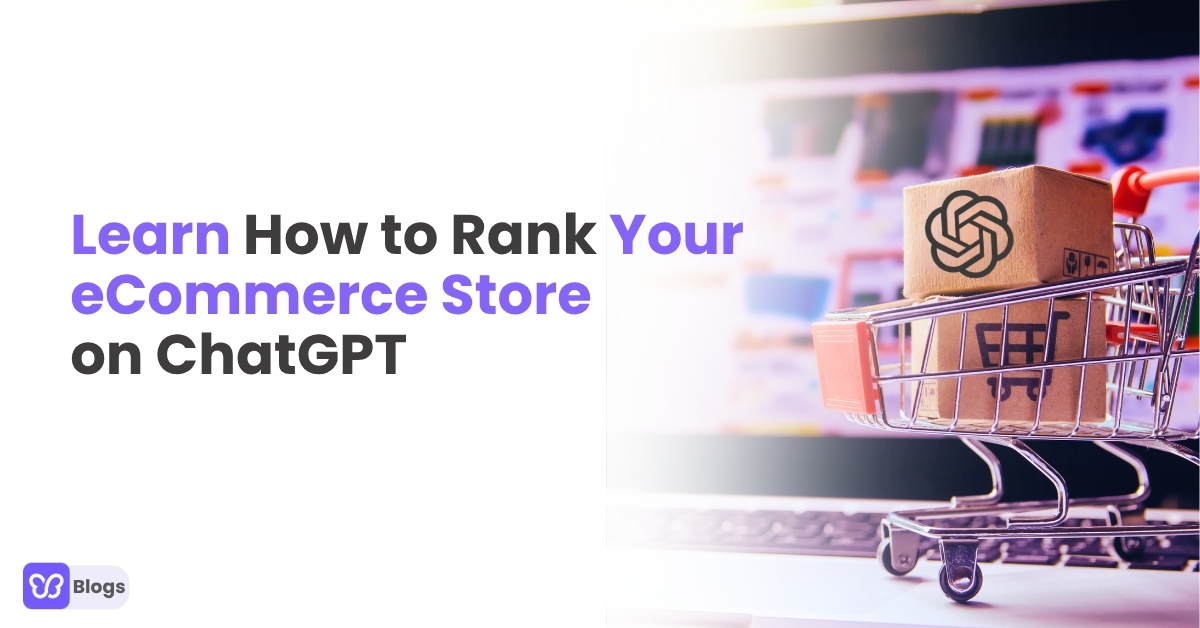Have you ever wondered what would happen if someone hacked into your store's payment system? Scary, right?
It's a risk every eCommerce store faces, and that's exactly why the Payment Card Industry Data Security Standard (PCI DSS) exists.
With the arrival of PCI DSS 4.0, things are changing fast. And not just in ways you might expect. This new version has updated rules that all businesses handling credit card information, especially online stores, need to follow.
By March 31, 2025, eCommerce stores must be ready for PCI DSS 4.0 requirements to protect customer payment information and reduce digital payment fraud.
In this guide, we'll dive into what's new with PCI DSS 4.0, how it impacts your eCommerce store, and what steps you need to take to get fully compliant.
What is PCI DSS 4.0?

PCI DSS, short for Payment Card Industry Data Security Standard, sets security standards for online credit card transactions. The latest version, PCI DSS 4.0, has set its compliance deadline for March 31, 2025.
PCI DSS 4.0 addresses the explosion of digital payment fraud and tackles issues that eCommerce sites face every day. With online fraud costing billions annually, tightening security protocols is more crucial than ever.
Frequently Asked Questions About PCI DSS 4.0

Is PCI DSS 4.0 required for small businesses?
Yes, PCI DSS 4.0 applies to businesses of all sizes. Why? Because even small eCommerce stores are vulnerable to digital payment fraud. So, it's necessary to comply with these requirements.
What happens if I don't meet PCI DSS 4.0 requirements by March 31, 2025?
If your store is still not compliant by March 31, 2025, you could face fines or lose the ability to accept credit card payments. Plus, remember, a security breach could be even costlier. It can result in lost customer trust and a damaged brand reputation.
Can I use my old security tools to comply with PCI DSS 4.0?
It depends. Some tools might meet the new requirements, but you may need to upgrade or switch providers for newer, more secure solutions. Review what you're currently using to ensure compliance.
Will compliance guarantee I'm protected against all types of fraud?
PCI DSS 4.0 compliance significantly reduces the risk of eCommerce fraud, but no system is foolproof. However, being compliant is a strong defense and builds trust with customers.
Strengthen Your Store's Defenses with PCI DSS 4.0 Requirements
As you prepare for PCI DSS 4.0 requirements, remember that each of these requirements isn't just for compliance, but for long-term security.
Meeting the updated standards keeps your store safe from eCommerce fraud and digital payment fraud.
These 12 requirements are like building blocks, strengthening your defenses and helping protect your online store against fraud.
With the compliance deadline approaching, getting started now will help you secure customer trust and reduce the risk of costly breaches.
Protect your business and show your customers you're serious about security because a secure store is a successful store.








